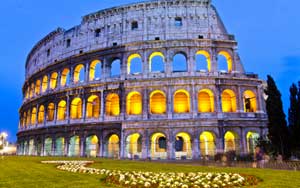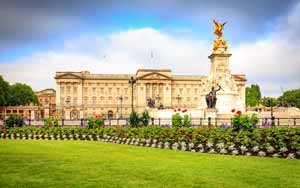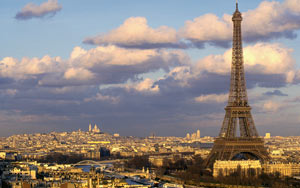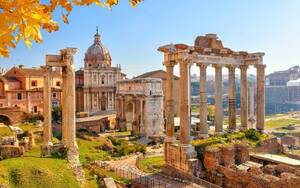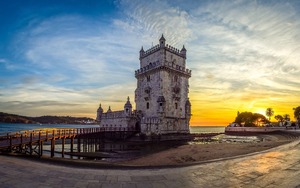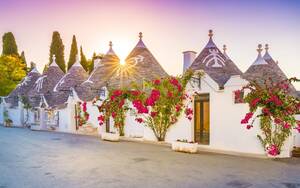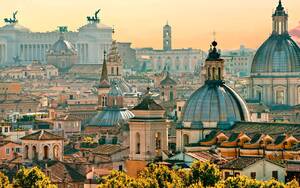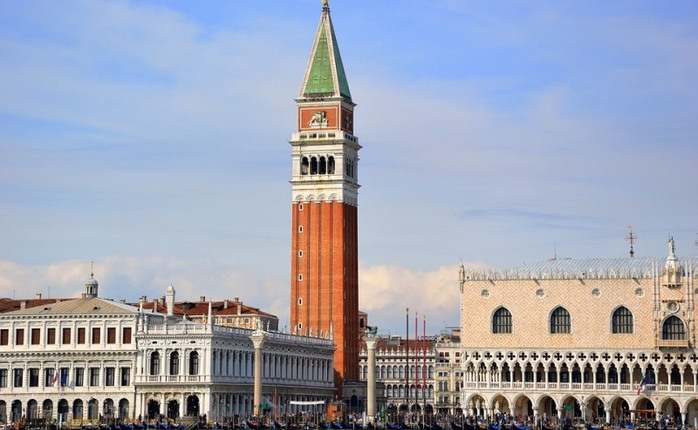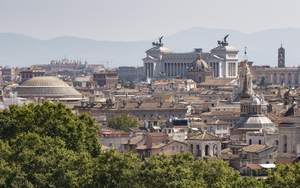Best Time to Visit Italy
Italy is one of those countries, blessed with a diverse geography and climate, that there certainly isn’t any bad time to visit. There’s something happening throughout the year, whether in the form of festivals or carnivals or simply the opportunity to laze by the beach or enjoy the beauty of the countryside. Nevertheless, it’s always a good idea to know the best time to visit Italy. Italy’s seasons are influenced by the variations in geography and the vast extent of the peninsula. Here’s a seasonal list that should make it easier to decide the best season to go to Italy.
Spring comes in the months of March to May and Italy is simply gorgeous at this time of the year. The temperature is typically between 15 to 20 degrees and life is blooming everywhere you look, be it in the gardens, in the forests or even in the rivers where fish are most bountiful. You’ll get to see olives, figs, pomegranates bloom at this time while in the Alps, animals such as bears, deer abound. There is hardly any rain at this time and there are several holidays and events that make visiting Italy even more wonderful.
During March, the weather can be a bit unpredictable and there could be rains. So it’s best to carry an umbrella with you. It’s also the time when the feast of San Giuseppe or the feast of St. Joseph is celebrated. In April there’s Easter, a major celebration and people flock to the Mass on Easter Sunday. Towns have parades and processions and things can get quite crowded. In Florence, the Scoppio del Carro is celebrated wherein a cart full of fireworks explodes in a shower of light in front of the Duomo. In May, the high season just begins in coastal towns but in other cities, things are just settling down. May is also the time to enjoy the Flower Festival in Noto, Sicily and the Corsa dei Ceri in Umbria. All these events make compelling reasons why spring could well be the best time to go to Italy.
Summer in Italy can get warm and sun-kissed with the average temperature being around 25 to 30 degrees. In the south however, summer can be quite daunting with temperatures going up to 40 degrees as hot winds blow from Africa. The coastal areas remain moderate however as they are cooled by as many as five seas. It’s no wonder then that Italy’s peak season is in summer and most sights and attractions are crowded as you can see people everywhere. Rates of course are high during this season, so bear that in mind when you book a summer holiday in Italy. Most people try to escape the heat by rushing to the Tuscan hills or some of the beaches in the South.
In June, you will get to enjoy the annual Calcio Storico, an annual football tournament held in Florence which goes back to the 16th century. In Venice, there’s the Vogalonga, a 30 km race through the canals and wherever the eye sees, there are boats, canoes and kayaks here. July sees more cultural events popping up such as the Opera Festival in Verona or the Festival dei Due Mondi in Spoleto which celebrates two weeks of concerts and performances. By August, however, locals and tourists cannot quite bear the heat and people are seen heading to the beaches or to the mountains. But this means that cities are less crowded and prices in hotels are lowered. It could well be the best time to visit Italy if you don’t mind the heat.
While the weather is still passably warm in September when autumn begins, people still flock to Italy for various reasons. There are several food and wine events while the national parks seem to become even more gorgeous. With the climate becoming manageable now, the crowds seem to overflow. In Venice, there’s the film festival that draws huge crowds while the Regata Storica, is just as fabulous. In Florence, the night sky lights up with innumerable paper lanterns, during the Festa della Rificolona.
By October, there’s a slight chill in the air but major cities like Rome, Venice and Florence still see a good many people. Perugia’s chocolate festival could even be the reason this is the best time to travel to Italy while in Alba, the famed truffle festival – Festa dei Tartufi takes place. By November, the chill has set in and most museums and cultural sites bear a deserted look. This is a great time to visit Tuscany to witness the olive harvest or San Miniato for the truffle fair.
Italy changes remarkably during the winter months. In the plains, it can go down to 0 degrees but in the Alps, temperatures can go to -15! If you love skiing and snow, then this is the best time to visit Italy. However, winters can even get a bit crowded as people come to celebrate Christmas and New Year. Some of the Christmas markets held in Trentino, Bolzano and bigger cities such as Florence and Verona draws people out of their warm homes. Milan’s famous Oh Bej! Oh Bej! Christmas fair that is dedicated to St. Ambrose, the patron saint of Milan, is held at this time of the year. Of course, the Pope’s Christmas Eve Mass is extremely popular while the New Year celebrations are spread out across the city.
By January, the cold sets in but it could be the best time to visit Italy as there are bargains on flights and hotels. In the ski resorts though, prices can really go up. However, come February, there’s a change in the air as it’s the time for carnivals throughout the country.
If you’ve settled on the best time to visit Italy for your holiday, then do remember to check the SOTC website for offers and deals on Italy tour packages to make your planning easier.





